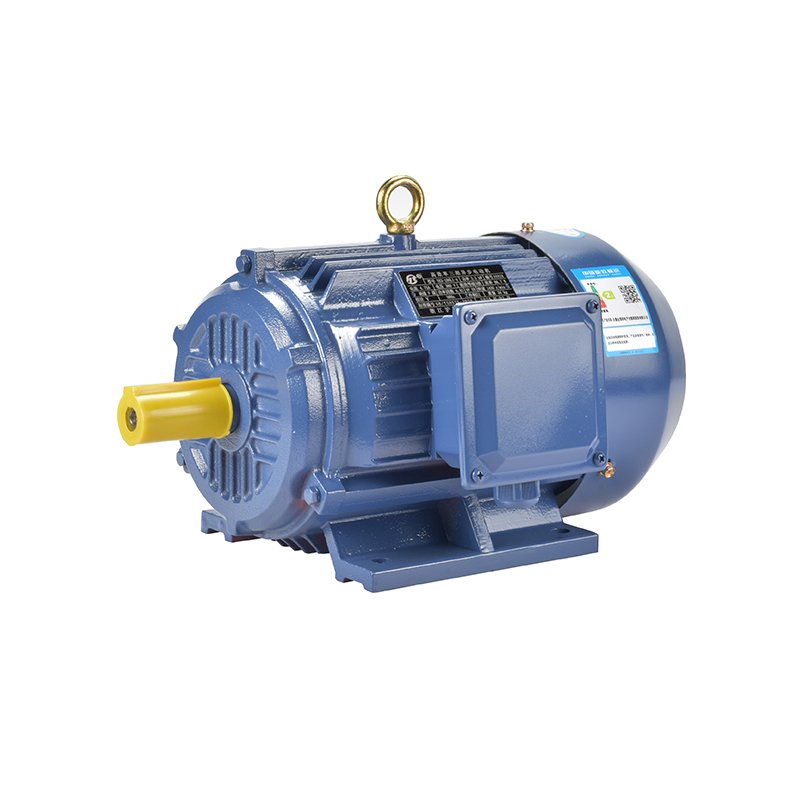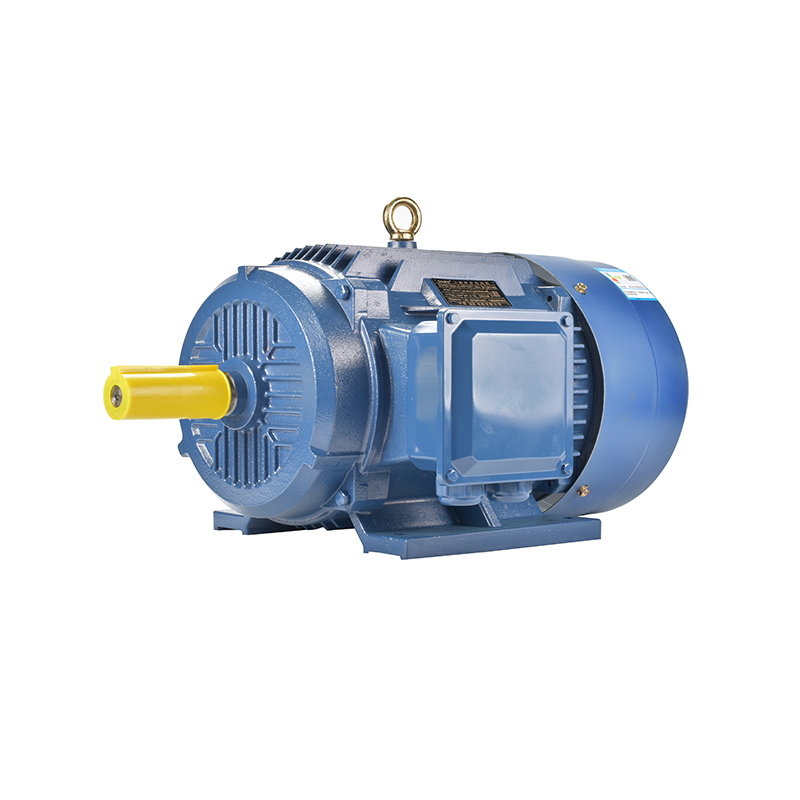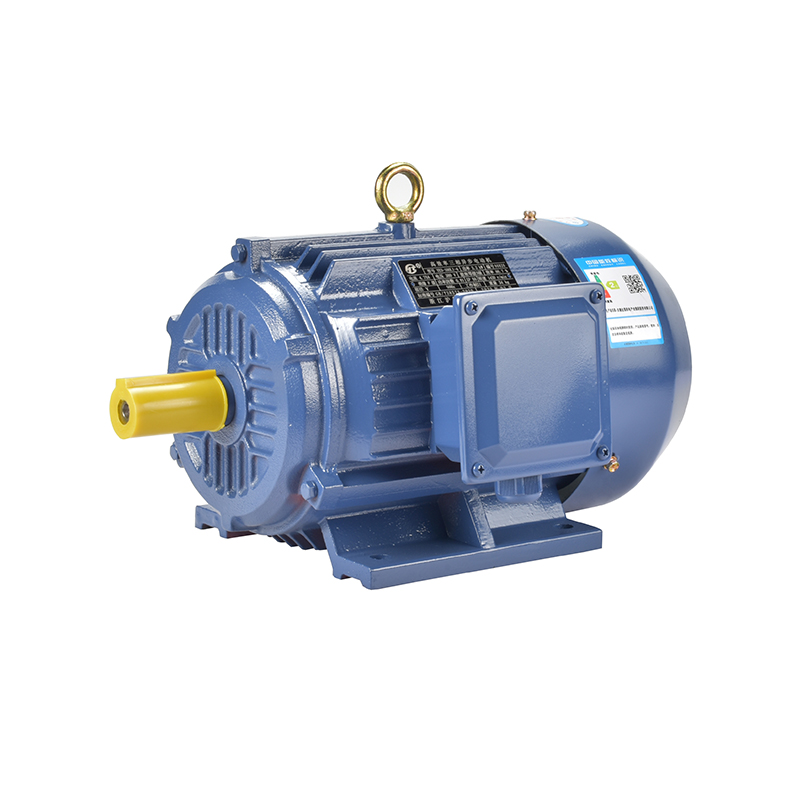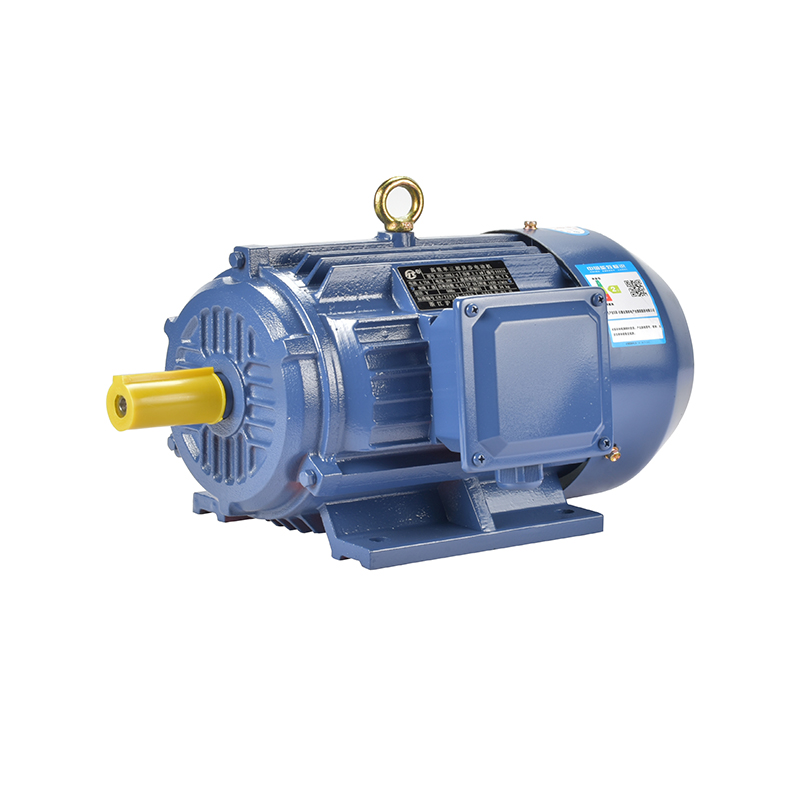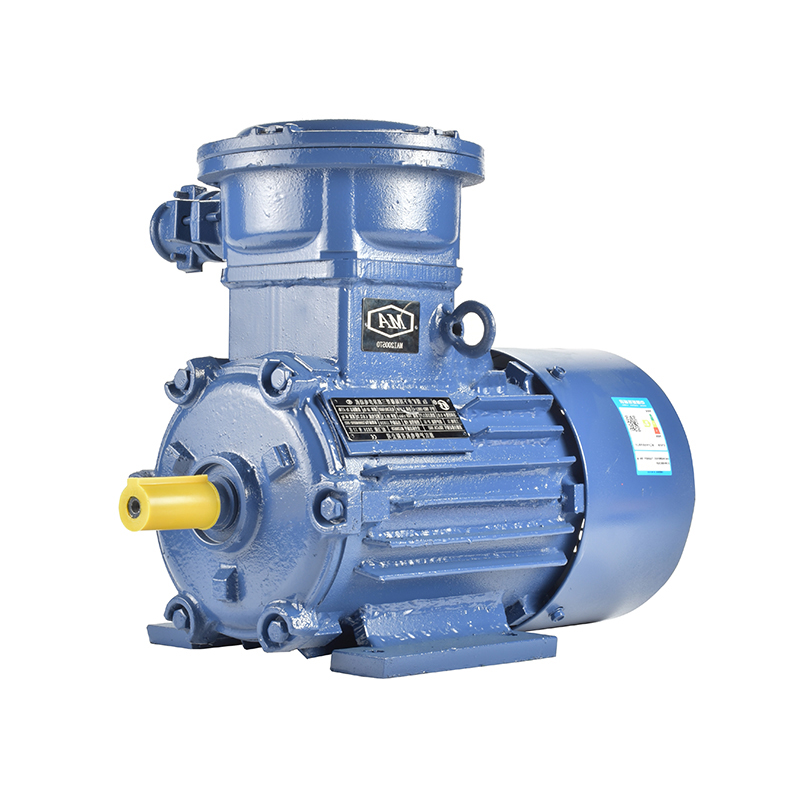Motor Upgrade Projects In Water Treatment Facilities
Water treatment facilities are critical infrastructure, responsible for providing clean and safe water to communities and industries. These facilities rely heavily on a variety of electric motors to drive pumps, mixers, blowers, and other equipment necessary for treatment processes. As technology advances and efficiency demands grow, many water treatment plants are undertaking motor upgrade projects to improve operational reliability, reduce energy consumption, and enhance control capabilities.
One significant trend in these upgrades is the adoption of advanced motor technologies, such as the 3 phase AC servo motor, which offers precise control and improved dynamic response. Unlike traditional induction motors, these servo motors enable better regulation of pump speeds and flow rates, allowing facilities to optimize treatment processes and reduce energy waste. The ability to adjust speed precisely helps match the motor output to actual demand, which is particularly useful in processes where flow rates need to vary depending on water volume or contaminant levels.

In addition to servo motors, some plants are exploring the integration of PMSM (Permanent Magnet Synchronous Motor) for electric vehicle technology adapted for industrial use. PMSMs are known for their high efficiency and compact size, traits that are valuable in water treatment applications where space may be limited and operational costs are under constant scrutiny. The motors originally developed for electric vehicles provide a blueprint for robust, energy-saving designs that can be customized for pumping and mixing tasks in treatment plants. Their strong torque and energy efficiency contribute to lower power consumption and improved equipment longevity.
Another important factor in motor upgrades is the focus on small high power motor units that can deliver significant output while maintaining a compact footprint. Many older water treatment plants have motors that are either too large for their current needs or inefficient by today’s standards. Upgrading to smaller, high power motors can help plants save space and reduce electrical losses. These motors are designed to provide sufficient torque and speed for demanding applications without the bulk and energy drain of outdated units.
Beyond efficiency and space savings, upgraded motors often bring improvements in maintenance and reliability. Modern motor designs emphasize durability and ease of service. For example, the use of better bearing materials and improved cooling methods reduces downtime caused by motor failures. Water treatment facilities, which operate continuously or on tight schedules, benefit from these reliability improvements as they ensure steady, uninterrupted operation.
In many cases, motor upgrade projects also involve replacing conventional fixed-speed motors with variable frequency drives (VFDs). When paired with motors like the 3 phase AC servo motor or PMSM units, VFDs allow operators to fine-tune motor speeds in real time based on process requirements. This flexibility results in more precise control, less wear on mechanical components, and notable energy savings. Especially in aeration and pumping applications, adjusting motor speed to actual demand instead of running at full speed continuously can significantly reduce electricity bills.
The implementation of smart motor systems also facilitates better monitoring and diagnostics. Newer motors can be integrated with sensors that track vibration, temperature, and electrical parameters, enabling predictive maintenance. This proactive approach helps prevent unexpected breakdowns and extends motor life. Water treatment facilities can thus plan maintenance during scheduled downtime rather than facing emergency repairs, less disruptions to water service.
When considering motor upgrades, it is important for facility managers to evaluate the total lifecycle cost of the new motors, including purchase price, installation, energy consumption, and maintenance expenses. While advanced motors such as 3 phase AC servo motors or PMSMs might have higher initial costs than traditional induction motors, their energy savings and operational benefits can offset these expenses over time. Moreover, improved control and reliability contribute to smoother plant operations and potentially lower treatment costs.
The scope of motor upgrade projects can vary widely depending on the size and age of the water treatment plant. Some projects might involve replacing a few critical motors driving large pumps, while others might target the entire motor inventory for a comprehensive modernization. Regardless of scale, it is clear that upgrading motors to newer, more efficient technologies aligns with the growing emphasis on sustainability and cost-effectiveness in water treatment.
Finally, training and support are essential components of any successful motor upgrade initiative. Operators and maintenance personnel need to understand the capabilities and requirements of new motor systems, especially when advanced controls like servo drives or PMSM-based units are introduced. Proper training ensures that the upgraded motors are used effectively and maintained properly, increase their benefits throughout their service life.
In conclusion, motor upgrade projects in water treatment facilities present an opportunity to enhance process control, reduce energy consumption, and improve operational reliability. The incorporation of technologies such as the 3 phase AC servo motor, PMSM for electric vehicle adapted designs, and small high power motors reflects the ongoing evolution in motor applications tailored to modern industrial needs. By carefully planning and executing these upgrades, water treatment plants can achieve more efficient and sustainable operations while continuing to meet the essential demand for clean water.
-
Feedback



 English
English русский
русский Español
Español عربى
عربى

